Axes in a Cartesian Chart play a vital role in identifying the value of the visualized data. Cartesian charts typically have two axes that are used to measure and categorize data: Vertical axis (y-axis) and horizontal axis (x-axis).
The vertical axis always uses a numerical scale. The horizontal axis supports the following scale types:
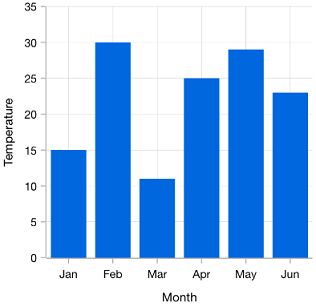
The categorical axis is a nonlinear axis that displays text in axis labels.

The numerical axis is a linear axis that displays numbers with an equal interval in the axis labels.
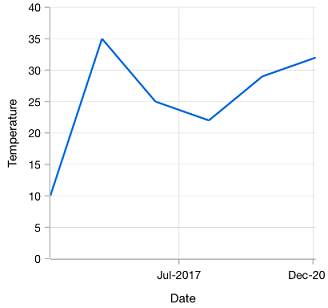
The date-time axis displays date-time values with an equal interval in the axis labels. It is typically used as an x-axis.
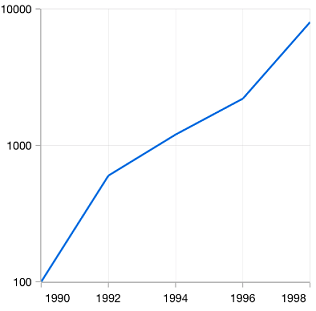
The logarithmic axis displays logarithmic scale values and displays numbers in labels.
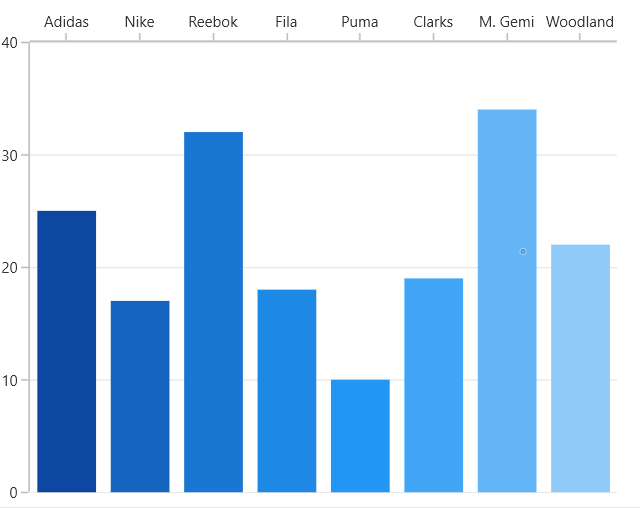
Charts supports an axis being rendered in a side opposite to the default position.
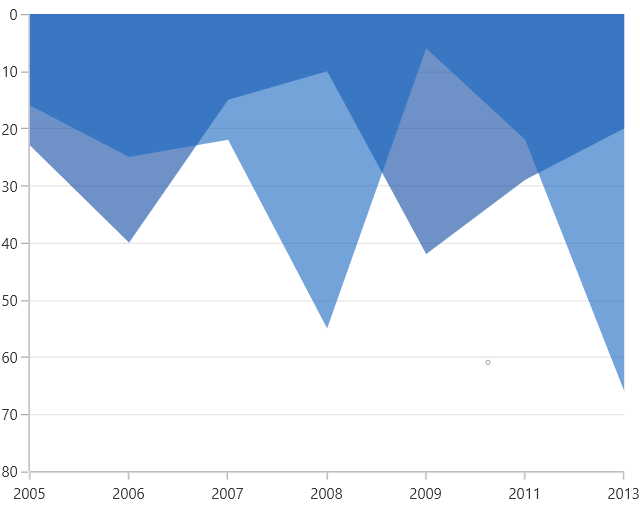
There is support for inverting values in an axis.

Charts provide many customization options for axis labels, including positioning, placement, label format, and rotation. It also has options to avoid labels overlapping.

The position of the axis can be moved anywhere in the chart relative to its associated axis.
